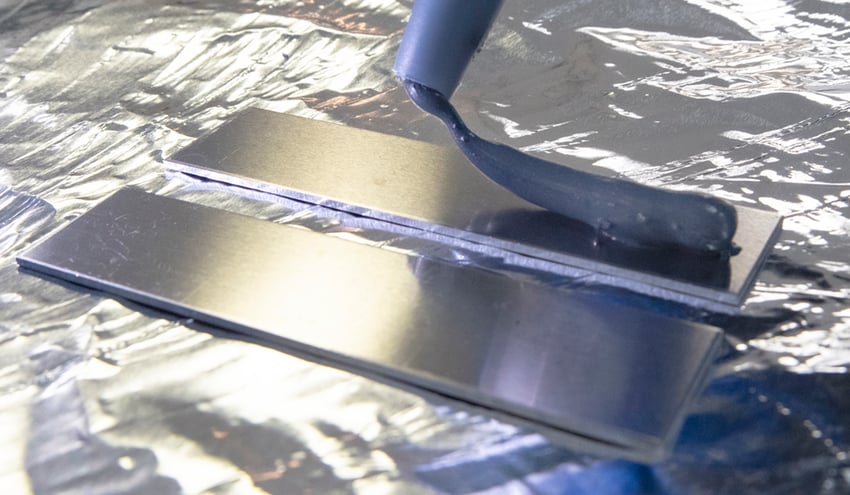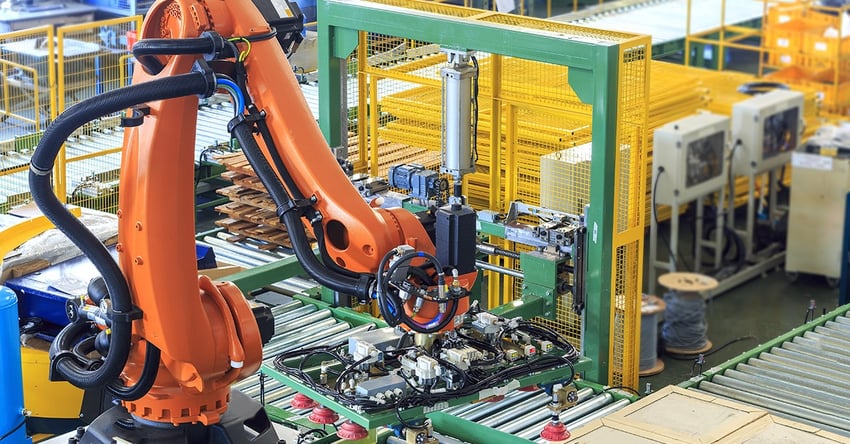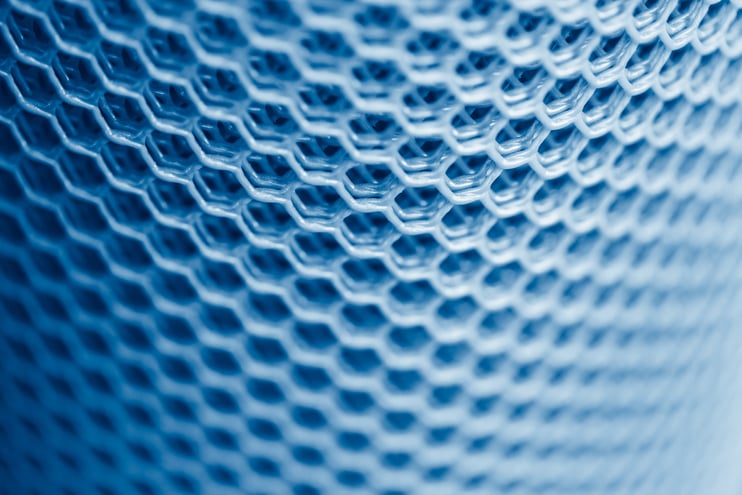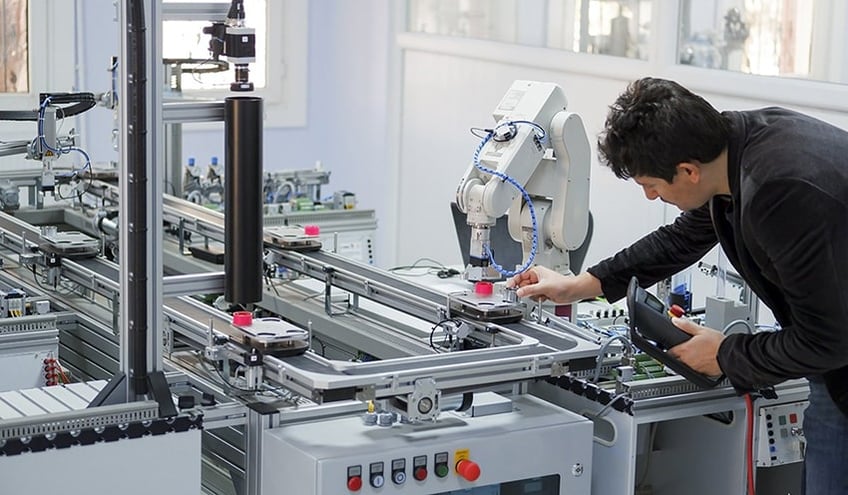Since the Industrial Revolution, manufacturing has been evolving, periodically marked by significant, fundamental changes such as the introduction of mechanization, mass production through assembly lines, and computerization. Today, we are witnessing what experts call Industry 4.0 – a period when smart technology, fueled by data and machine learning, radically improves manufacturing processes. As a result, how we make products is becoming more streamlined, faster, and more efficient.
Less is More
At the heart of this technological transformation is a relentless focus on reduction – reducing the number of processes and parts required to manufacture products. Today, a critical component of this strategy is the replacement of mechanical fasteners with chemical bonding materials. This seemingly minor change is yielding major results. There are now redesigned products that have fewer total parts than just the number of fasteners in older versions. This reduces the number of components in a product and its weight, production time, and cost.
It’s important to note here that the technology required to optimize bonding for adhesive fasteners is the same as that needed to ensure quality adhesion for all coatings, including paints, primers, and sealants. Collecting, analyzing, and utilizing material surface data is key for producing high-quality coatings and assembling products.
From a Mechanical Mindset to a Chemical Mindset
It’s one thing to produce good product designs and a prototype or two; it’s another to scale up for production successfully. If you’re looking to shift from mechanical to chemical assembly of your products—reducing or eliminating mechanical fasteners in favor of adhesive ones—it’s important to reexamine your production process, the data needed to establish repeatable manufacturing steps, and your supply chain to ensure seamless production with minimal risk.
So, what’s involved in switching from a primarily mechanical production methodology to one in which chemical processes play a greater role? For one thing, replacing mechanical data in fastener assembly, such as measuring friction and torque, with surface data, such as measuring the contact angle of the material surface to understand how well the surface will accept the coating or adhesive to create an optimal bond.
Instead of using a torque wrench to ensure proper threaded fastener tightening, a chemical bond requires tools such as an optical tensiometer that enables direct measurement of surface contact angles to characterize surface tension energy.
This kind of data is the foundation of a new scientific manufacturing discipline known as “Surface Intelligence”— surface science applied to real-life adhesion, manufacturing, product development, and supply chain challenges. Surface Intelligence is the measurement that enables alignment within organizations, a common language, and data to innovate and continually improve. As new products are designed to include coatings, paint, and/or adhesives, it is vital to gain insight into the surface chemistry of the materials being considered for use. The data generated is critical for analyzing a bonding process and materials to determine if they will work in prototype manufacturing and high-volume assembly line production.
Rethink your adhesion manufacturing processes with Surface Intelligence.
How to Use Surface Intelligence in Product Design and Manufacturing
Generating accurate, reliable surface data from the very beginning of product design is key for avoiding early mistakes that can add unnecessary cost and time to market—or worse, result in project failure. Prior to prototyping, surface data can help engineers hone in on which materials are the most effective for creating high-quality bonds for better adhesive performance and a superior finished product.
With a successful prototype in hand, the next step is often developing a pilot line to gain insight into what production processes, procedures, and data are necessary to meet specifications and manufacture your new product at scale successfully. To understand if your chemical bonds are meeting specs, you’ll need to incorporate surface quality measurements into the line to see, in real-time, how surfaces and coatings interact according to specifications. A pilot line allows you to tinker with various processes and determine critical control points for better production management before you commit the time, money, and resources to full-scale production.
If your business model calls for outside contract manufacturing, making surface quality measurement part of quality assurance in your supplier agreement would be a good idea. This will help ensure that the final product meets specifications and minimize overall risk.
Optimize the power of next-gen connectivity with data & surface intelligence.
Manufacturers across a wide range of industries are embracing Industry 4.0 and the benefits and competitive advantages it can provide. As increasing numbers of companies move from mechanical to chemical bonding techniques in an effort to reduce the number of parts and processes needed to make new products, they need to incorporate a new set of skills and expertise into their production. This includes gaining an understanding of surface chemistry to produce a final product with high-performing and effective adhesion of coatings and assemblies.
If your organization is not fortunate enough to already have surface science expertise in-house, you will want to consider partnering with a company that has surface intelligence experience. Regardless of how you gain vital surface science expertise, that valuable tool will provide a competitive edge for innovating and building better products at a lower cost. Products that are easier to manufacture and more satisfying to use.
Download the eBook "The Advanced Guide to Transforming Product Development Through Surface Intelligence Data & Technology" to learn how your organization can leverage Surface Intelligence to build smarter.

















